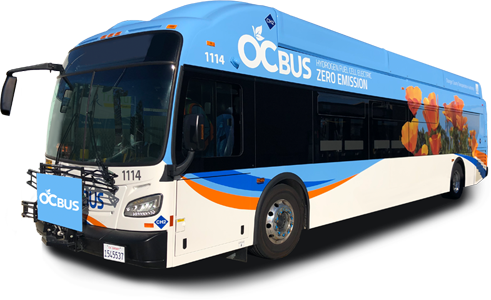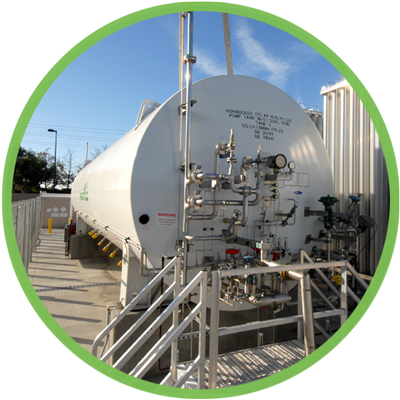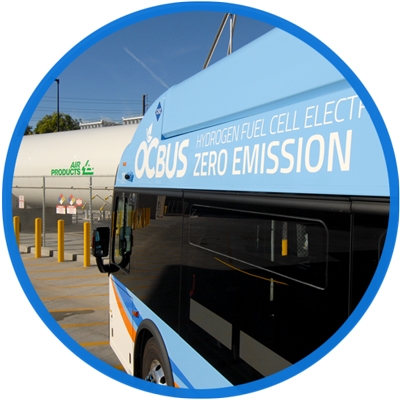New hydrogen fueling station
OCTA's new hydrogen fueling station will help keep our fleet of zero-emission buses running efficiently over the coming years. Here are some station basics:
- Largest hydrogen fueling station in nation for transportation
- Fuel capacity: 18,000 gallons
- Bus capacity: 40-50 buses, scalable to 100 with additional fuel storage and components




